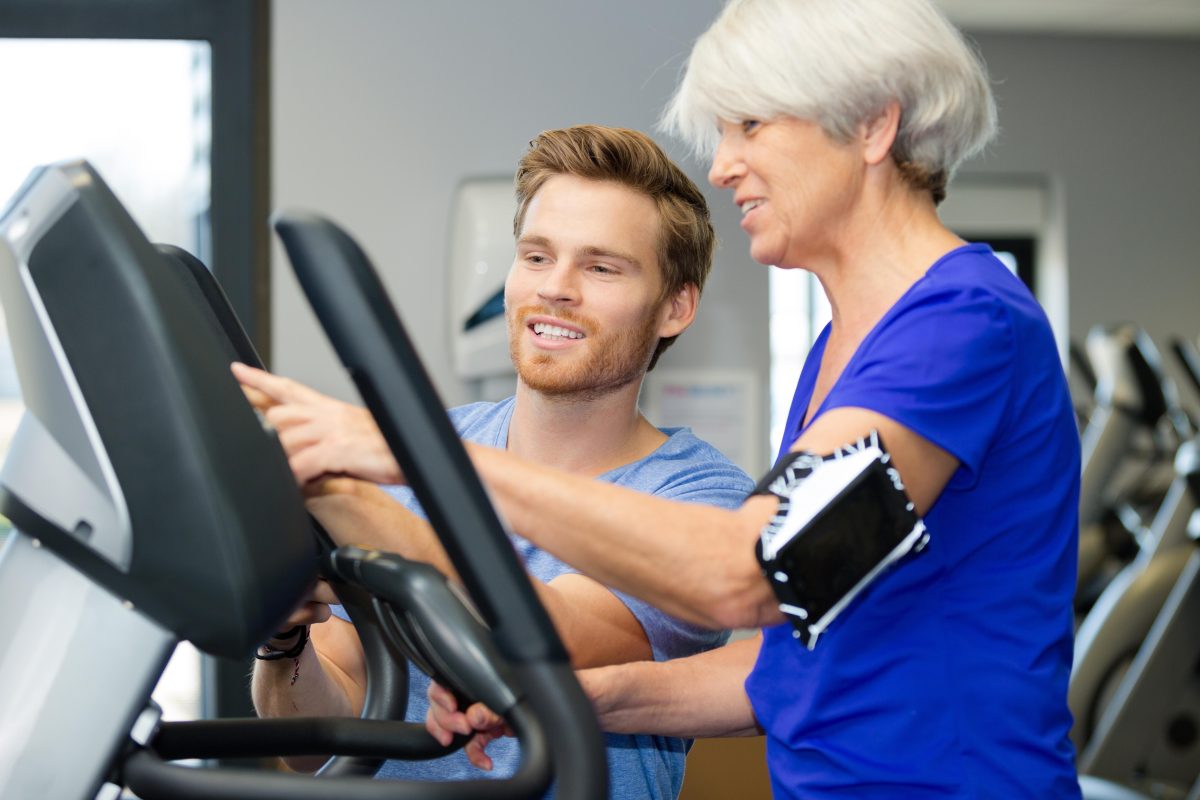It is easy to fall into the trap of thinking that more is always better when it comes to working out. Whether it’s running, lifting weights or intense HIIT workouts, we often push ourselves to the limit in the pursuit of gains. However, in recent years, the importance of active recovery has emerged as a critical piece of the fitness puzzle. Recovering smart is as important as working hard.
Active recovery refers to low-intensity exercises performed after intense physical activity, designed to help the body recover faster and more effectively. Unlike passive recovery, where you simply rest and let your body heal, active recovery keeps your body moving, but at a lower intensity, allowing blood flow and oxygen to reach fatigued muscles. Common forms of active recovery include light jogging, cycling, swimming, yoga or walking.
Below are some of the reasons why active recovery is important:
Improves circulation and reduces muscle soreness
After an intense workout, your muscles are typically inflamed and fatigued. Active recovery increases blood flow to these muscles, helping to flush out metabolic waste products, like lactic acid, that accumulate during exercise. This improved circulation delivers nutrients and oxygen to muscle tissues, promoting faster healing and reducing the risk of soreness, a common issue after heavy training sessions.
Prevents injury
When you constantly push your body to the limit without allowing it time to properly recover, you are at a higher risk of overuse injuries. Active recovery helps prevent this by allowing your body to ease back into movement, preventing stiffness and imbalances from forming. It also supports the recovery of connective tissues, like tendons and ligaments, which can be more prone to strain if not given enough time to recover.
Boosts mental clarity and reduces stress
Intense workouts can sometimes lead to mental burnout. Active recovery offers a break from high-intensity activity while still promoting a sense of achievement. Activities like yoga or a leisurely walk are often calming and can help clear your mind, reduce stress and improve your mood. This balance can be essential for long-term fitness adherence.
Promotes flexibility and mobility
Engaging in light movement like stretching or yoga during recovery sessions enhances flexibility and joint mobility. This type of movement prevents stiffness and reduces the risk of strains. Stretching tight muscles and joints also supports better posture, which can improve your performance in future workouts.
Prepares your body for the next workout
While it might seem counter-intuitive, taking it easy during active recovery actually primes your body for the next challenging workout. By allowing your body to recover and recharge, you’re setting yourself up for better performance in the long run. Active recovery helps restore energy levels and rebalances the muscles, so you’re ready to go harder, longer and with greater intensity during your next training session.
So how can active recovery be incorporated into your routine?
This does not have to be complicated – the key is consistency. Aim to include a day or two of low-intensity recovery exercises each week, depending on the intensity of your regular workouts. Some great options include:
- Yoga or Pilates: Focus on gentle stretching and breathing.
- Light cycling or swimming: Keep the intensity low, focussing on circulation.
- Walking or hiking: An easy way to keep your body moving without overexerting yourself.
- Foam rolling: This self-massage technique helps to release muscle tightness and improve flexibility.
Disclaimer: The content of this article is not intended to be a substitute for professional medical advice, diagnosis or treatment. Always seek the advice of your physician with any questions you may have regarding a medical condition.
Source: TRP / Fitronics




